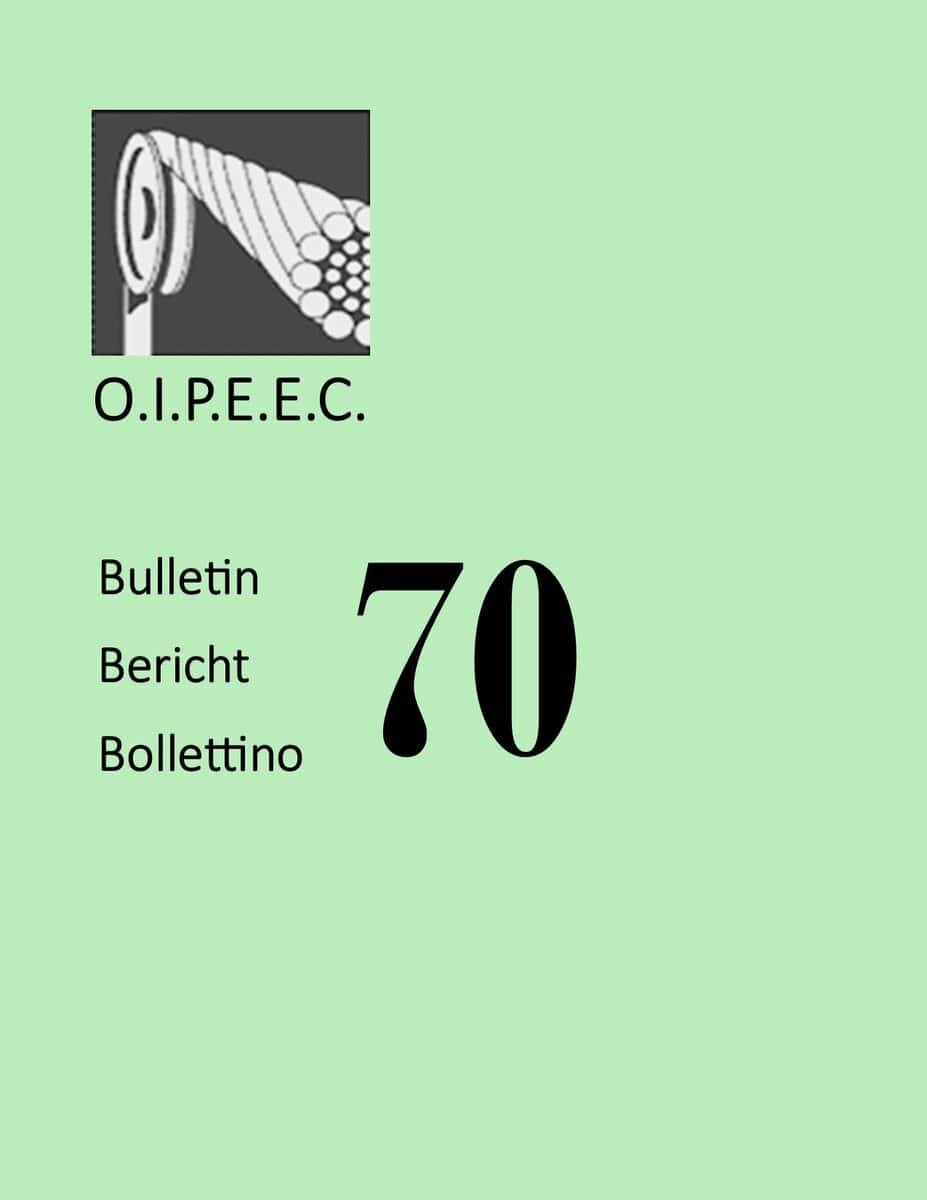EFFECTS OF CROSSING ANGLE AND FATIGUE CYCLES ON TRIBO-CORROSION-FATIGUE BEHAVIORS OF STEEL WIRES IN A COAL MINE
€0.00
Summary
Effects of crossing angle and fatigue cycles on tribo-corrosion-fatigue behaviours of steel wires in coal mines were investigated in the present study. Wear depth profiles were measured using a three-dimensional white light interferometer. Morphologies of wear scars and fracture surfaces of steel wires were observed employing a scanning electron microscope. The electrochemical analyser was used to investigate electrochemical corrosion behaviours of the steel wires. Crack propagation characteristics of the steel wires were explored employing X-ray computer tomography. The results show that the maximum wear depth increases with increasing crossing angle and fatigue cycles. The wear coefficient decreases with increasing crossing angle as compared to the slight variation of wear coefficient with fatigue cycles. Distinct crossing angles and fatigue cycles induce different wear mechanisms. No obvious crack propagation can be observed at low fatigue cycles; increases of fatigue cycles induce more severe crack propagation. The cathode and anode areas show the reduction reaction of H and dissolution reaction of Fe, respectively. Increases of crossing angle and fatigue cycles both cause accelerated electrochemical corrosion.
Keywords: Coal mine; steel wire; crossing angle; fatigue cycles; tribo-corrosion-fatigue
Author(s): D. Wang, D. Zhang and S. Ge




